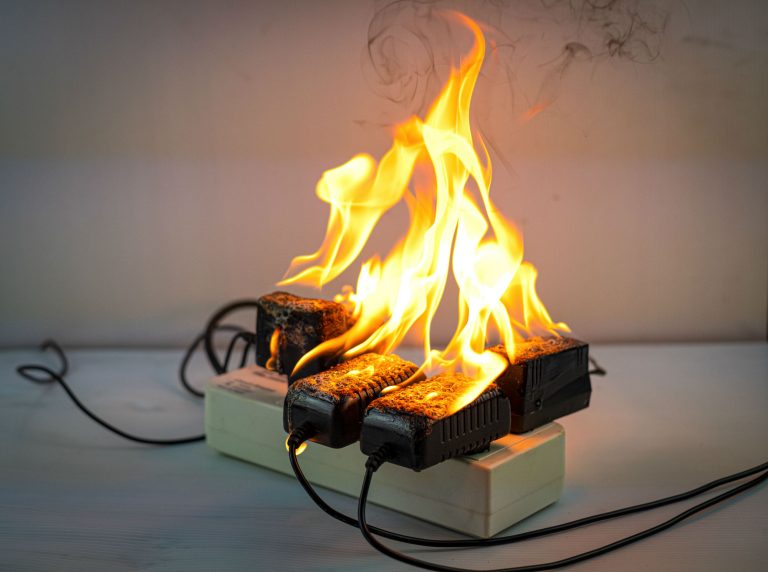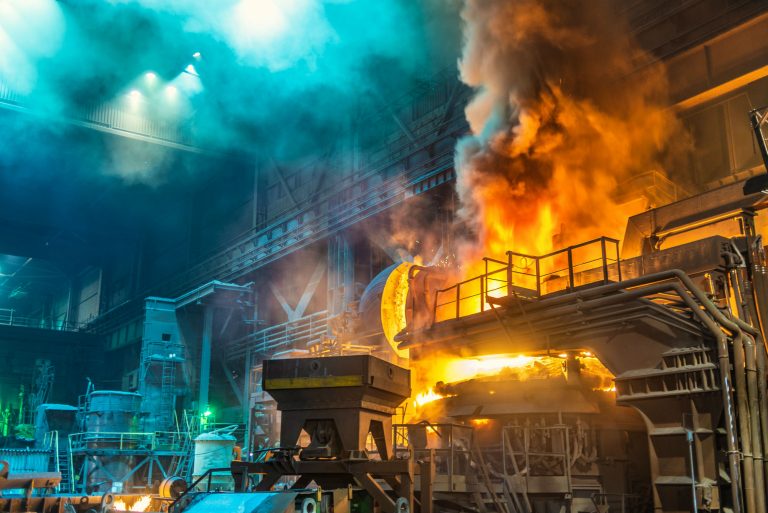If, like us, your school lessons about the fire triangle are just a distant hazy memory, here’s a little reminder.
Put simply, the fire triangle gives us an easy visual on the ingredients needed for a fire to take hold. By reviewing it we get a better understanding of how fire works and how to stop it. In fact, the fire triangle is an essential basic part of training for all firefighters.
The 3 Elements of the Triangle
Heat
Everything has an ignition point, or a temperature at which it will combust. From a grass paddock to a concrete building, everything has a point at which it will begin to burn, adding to the intensity of a fire. As something burns, it also heats up the materials surrounding it, raising their temperature until that item is ready to combust as well.
Fuel
There are three types of fuel; solid, liquid and gas. Everything around us is made up of one of these fuel types and is a potential fuel source in the event of a fire. A fire will continue to burn until all available fuel has been consumed.
Oxygen
Making up about 20% of the air around us, oxygen will cause a fire to burn hotter and faster. A good mental visual of this is a bushfire that worsens in strong, hot winds.

These three elements combined cause a chemical reaction that can cause a fire to ignite. Therefore, we can extinguish a fire by removing one of the elements – in firefighting, this is largely done with water. When applied to a fire, water removes or cools heat through evaporation and also smothers the oxygen entering the fire.
Other methods to break the fire triangle include removing the available fuel, removing a source of heat or smothering available oxygen with fire safety equipment such as a fire blanket.
While this is the simplified version of the fire triangle, it’s useful to remember the basic elements… you never know when they might come in handy!




